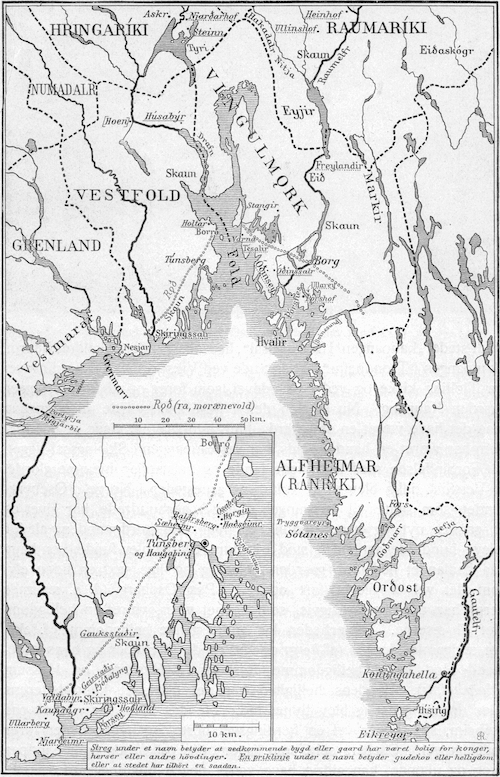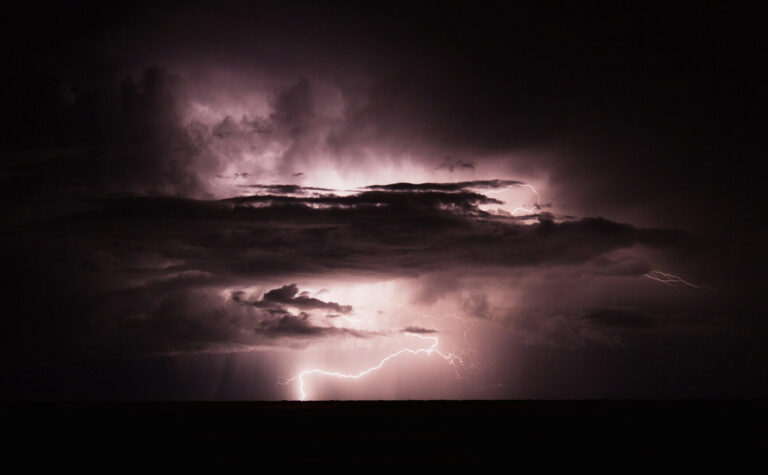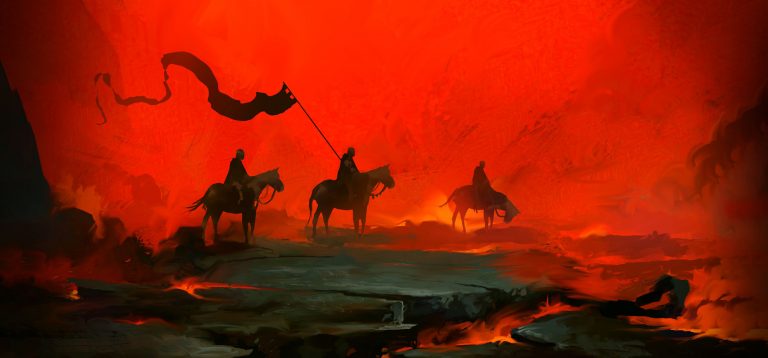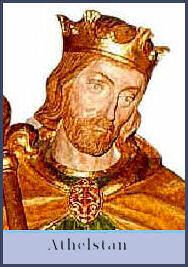The sagas refer to a people called the Wends (or Vends), who seemed to be regular targets of the Viking raids. For those medieval Scandinavians, the term “Vends” meant the West Slavic tribes living near the southern shore of the Baltic Sea in “Vendland.” But where did they come and who were they really? This post will take a closer look.
where did the Vends come from?
Ancient Roman sources refer to the Early Slavic peoples as “Veneti,” who dwelt in a region of central Europe east of the Germanic tribe of Suebi, and west of the Iranian Sarmatians in the 1st and 2nd centuries AD. The Slavs emerged from obscurity in the 5th and 6th centuries AD, when the Huns, and later Avars and Bulgars) started the great migration of the Slavs, who settled the lands abandoned by Germanic tribes. The Slavs moved westward into the land between the Oder and the Elbe-Saale line; southward into Bohemia, Moravia, much of present-day Austria, the Pannonian Plain and the Balkans; and northward along the upper Dnieper river.
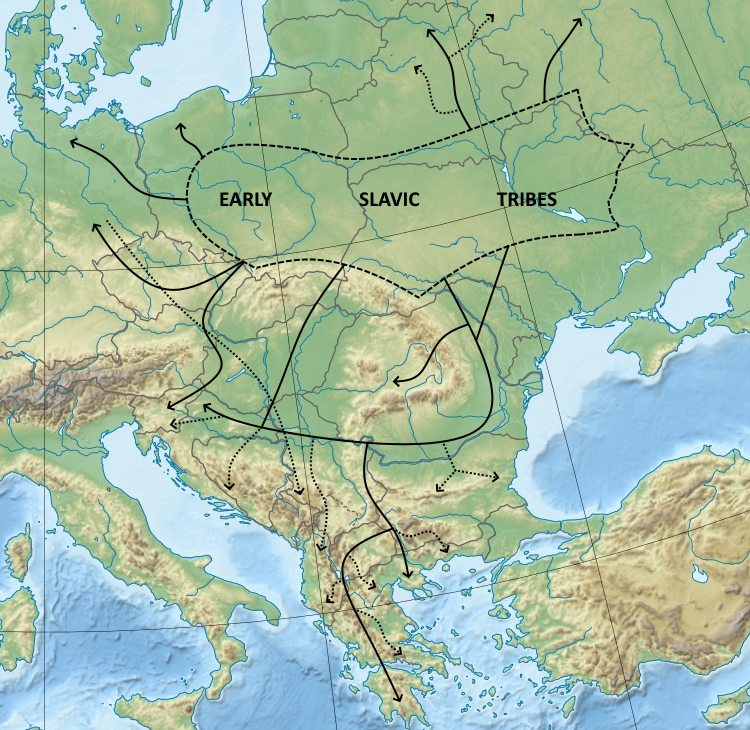
Their German neighbors called their new “West Slavic” neighbors “Wends” as they called the “Venedi” before them.
Though they originally arrived largely as a homogeneous group, the Wends soon divided into a variety of small tribes (see above), with large strips of woodland or rivers separating one tribal settlement area from another. Their tribal names were derived from local place names. Settlements were secured by round burghs made of wood and clay, where either people could retreat in case of a raid from the neighboring tribe or used as military strongholds or outposts.
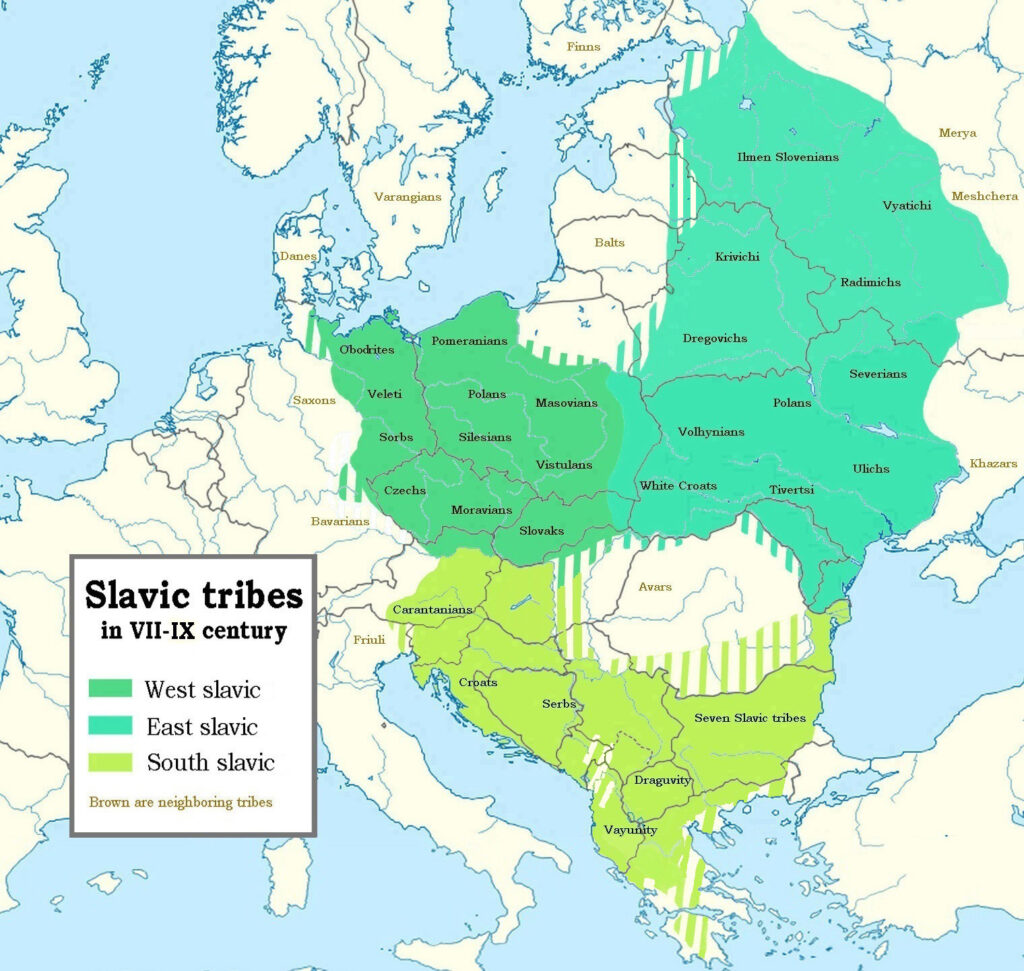
Contact Between The Wends & Scandinavians
The earliest reference in the sagas to the Wends/Vends as a people comes from Hakon the Good’s Saga.
Afterwards King Hakon went east along the coast of Scania and harried everywhere; he took money and tribute from the land and slew all vikings where he found them, both Danes and Vends.”
Heimskringla
After this initial one, there are multiple references to “Vends” and “Vendland”. It is interesting to note that Hakon lived in the mid-900s AD, though the Vendish tribes had existed on the southern coast of the Baltic long before him. It is also interesting to note that the Vends in this particular reference are called “Vikings,” which would suggest that the name “Viking” did not just apply to raiders and pirates from early Scandinavia.
Unlike the Eastern Slavs, who, if the sagas are to be believed, invited the Scandinavians to rule over them, the relationship between Wends and Scandinavians seems to have been more acrimonious, at least at first. As stated above, Heimskringla mentions the Wends and Wendland dozens of times, mostly in reference to battles and raids. An example of this comes from what it today Holstein in Germany. Long into the Viking Age, Holstein was known as Wagria, an area ruled by the West Slavic tribe, the Wagrians (or Wagri). The old name for the town of Oldenburg in Holstein is Starigard, which means “old settlement” in Slavic. The Vikings had their own pet name for the settlement: Brandehuse, or “the burned houses.”
There are, however, some references to marriages and political interactions. One of the more famous stories of this comes from the saga of Olaf Tryggvason, the future king of Norway. Long before he was a king, he was a raider. On one of his first raiding adventures, a storm drove him aground on the coastline of Wendland. There, he met the local king, Bureslaw, as well as his three daughters. Smitten by the oldest of these, whose name was Geira, Olaf married her and became one of the chiefs of Bureslaw’s warriors.
what happened to the wends?
After AD 983, the Wends came under increasing pressure from Germans, Danes and Poles. The Poles invaded Pomerania several times. The Danes often raided the Baltic shores. In 1147, the Germans launched a crusade against the Wends in what is today north-eastern Germany. A long period of re-population followed from the 12th to 14th century, in which large numbers of Germans transformed the area’s culture from a Slavic to a Germanic one. Though hints and clues of the old Slavic culture remain, much has been lost to time.
I hope you’ve enjoyed this post. If you’d like to see more like it, don’t forget to sign up for my Readers Club.
Sign Up
Sign up to have new blog posts and other free content delivered to you monthly!
